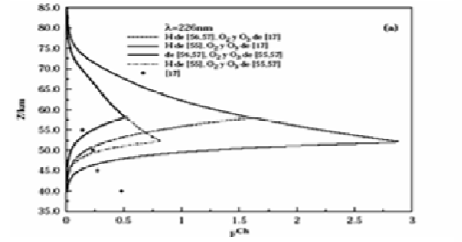Comparison of the Reactive Processes and Vibrational Relaxation in Vibrationally Excited OH Collisions with O2 ; Atmospheric Implications
Abstract
A model is presented to investigate the reactive and vibrational relaxation processes occurring in collisions of vibrationally excited O2 and OH. A steady-state approach is then used to evaluate the master equations leading to production of “odd-oxygen”. A comparison with the traditional Chapman rate and the Wodtke mechanism for ozone formation is also presented. It is shown that vibrational relaxation does not eliminate the possibility of reactive collisions leading to “odd-oxygen” formation at sufficiently high altitudes and hence ozone formation under stratospheric and mesospheric local thermodynamic disequilibrium (LTD) conditions can be effective. The calculated values for the additional “odd-oxygen” production may account for the reported ozone deficit in the tropics.

This work is licensed under the Creative Commons Attribution-NonCommercial 4.0 International (CC BY-NC 4.0) license.








